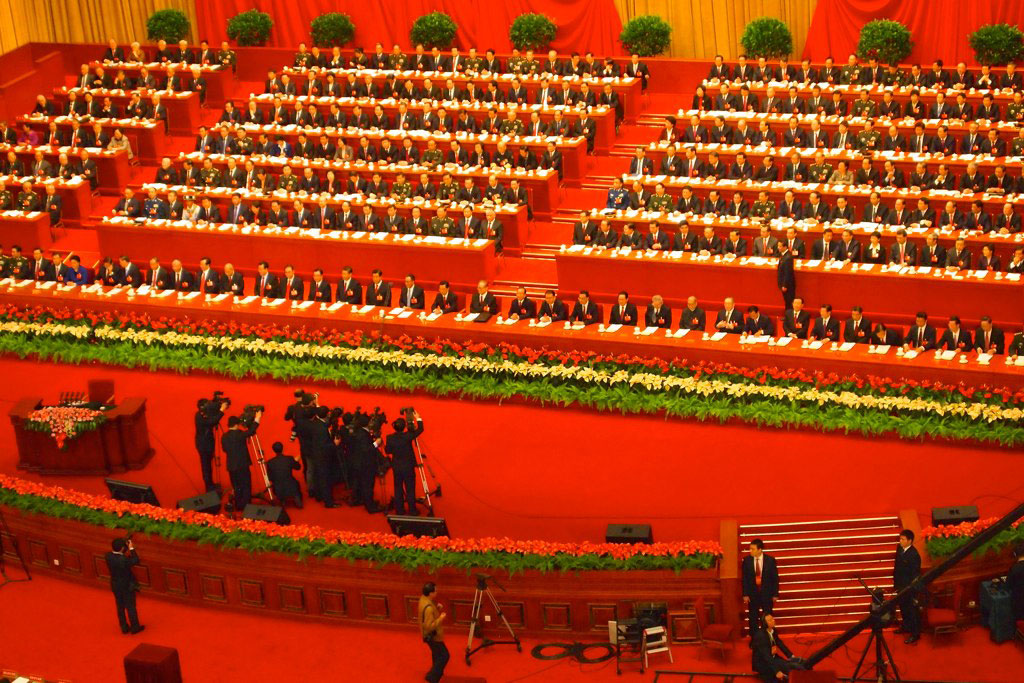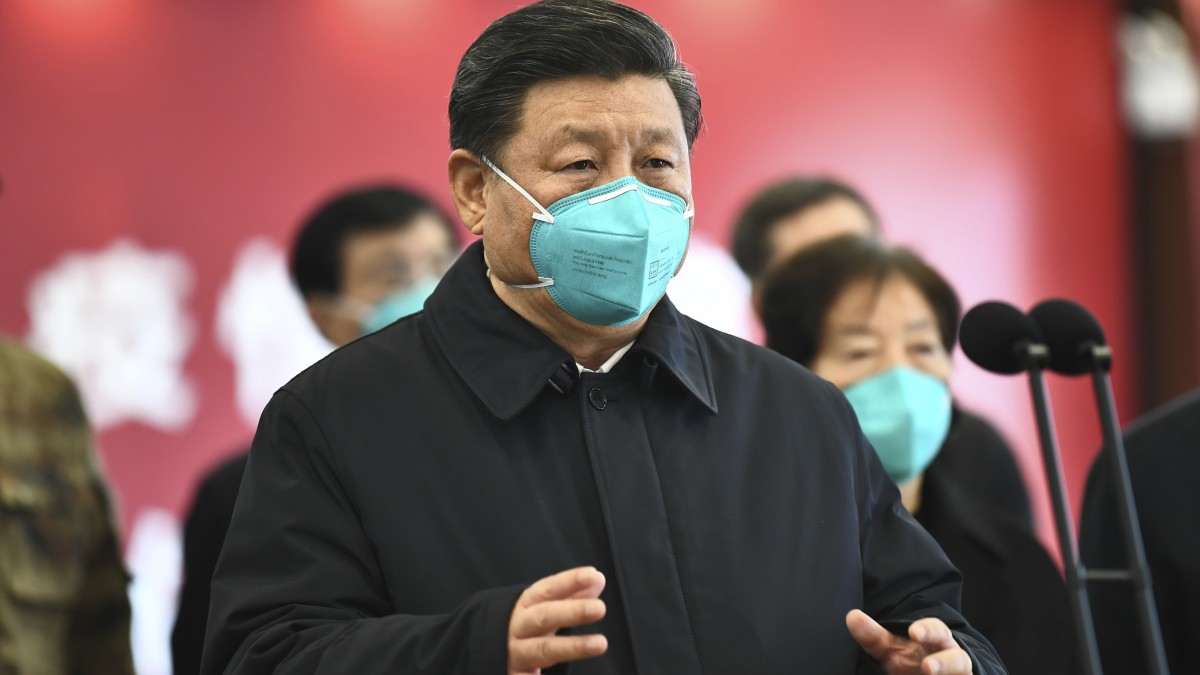The weekend of November 26-27 witnessed an eruption of protests in several major cities across the People’s Republic of China (PRC) in response to the country’s stringent COVID-19 controls. The principal trigger for the protests was an apartment fire in Urumqi, the capital city of China’s Xinjiang Uighur Autonomous Region, which has endured severe COVID-19 restrictions since August. Ten people were killed in the blaze when stringent quarantine measures reportedly prevented occupants from fleeing and firefighters from reaching the apartment. News of the tragedy was shared widely on PRC social media platforms and touched off protests in the ensuing days against the country’s COVID-19 controls in several major cities, including Beijing, Chengdu, Guangzhou, Lanzhou, Nanjing, Shanghai, Wuhan and Xi’an.
Although protests in the PRC are by no means uncommon, it is unusual for multiple protests to occur throughout the country at the same time over the same issue, particularly one that directly challenges a key policy tenet of the Chinese Communist Party (CCP). Consequently, the protests represent an undeniable challenge to the party and the leadership of General Secretary Xi Jinping, who is often described in the PRC’s principal authoritative media outlets as the “commander-in-chief” of the “people’s war” against the epidemic.
When COVID-19 first emerged in the PRC in late 2019, the CCP adopted a zero-COVID policy to combat the virus. For a time, this approach—which involves mass testing and the imposition of quarantines and area-wide lockdowns at the first sign of an outbreak—appeared to be succeeding. While much of the rest of the world failed to contain the spread of the virus and its variants in 2020 and 2021, the opposite was true in the PRC. The rate of both confirmed cases and fatalities in the PRC was significantly lower than that of other nations and China was the only major economy to record positive GDP growth in 2020.
However, this approach has not been without cost. While much of the rest of the world has learned to live with COVID-19, the PRC has been unable to extricate itself from its zero-COVID approach as increasingly contagious variants have found their way into the country. This has taken a serious toll on the economy. Once a bright spot in the country’s fight against COVID-19, economic growth in the PRC has stagnated as movement within the country is curtailed and businesses are locked down without warning. Annual GDP growth is forecast to slow to 3.2 percent in 2022—far below the official target of 5.5 percent—and youth unemployment reached 20 percent in July.
The protests that began on November 26 illustrate that these costs are not merely economic. The demonstrations across the country spurred by the events in Urumqi suggest that patience with the PRC’s zero-COVID approach is wearing thin and that many in the country are fed up with the seemingly endless restrictions and the apparently arbitrary means by which they are enforced. While the fire in Urumqi served as the principal trigger for the protests, discontent has been simmering in the country since a poorly managed lockdown shut down much of Shanghai for five months in the spring. In the weeks leading up to these latest protests, there have been several instances of indignant residents toppling barricades meant to restrict their movements. PRC citizens have also expressed anger on Chinese social media platforms over the sight of maskless foreigners attending the World Cup in Qatar, a development that suggests that the rest of the world has moved on from COVID-19 while the PRC has yet to do so.
In its initial response to the demonstrations, Beijing has adopted a number of steps intended to manipulate public discussion with respect to the protests and the country’s approach to COVID-19 overall. These can be broadly summarized as follows:
Limiting public discussion of the unrest
At the time of the writing, there has been no direct public comment on the demonstrations from senior PRC officials, PRC media has yet to report on them, and the topic is heavily censored on PRC social media platforms.
Reaffirming the CCP’s approach to fighting COVID
An opinion piece in the November 27 edition of the CCP’s official mouthpiece, People’s Daily, argued that “the Chinese people are the least affected by the pandemic” in terms of morbidity and mortality and have seen far fewer deaths and hospitalizations from the virus than the global average. It credited these achievements to the “strong leadership of CCP Central Committee with Comrade Xi Jinping at the core.”
Relaxing some controls
In a meeting with PRC health officials on 30 November, Vice Premier Sun Chunlan signaled that the country is entering a “new stage and mission” with respect to COVID controls and called for further refinements to the PRC’s efforts to prevent the spread of the virus through improving diagnosis, testing, treatment, and quarantine measures; increasing immunizations, particularly the country’s under-vaccinated elderly population; and stepping up the preparation of medications and other medical resources.
Identifying scapegoats
PRC health officials and authoritative media have also attributed any negative consequences caused by the CCP’s COVID-19 controls to their arbitrary implementation at lower levels of government. The People’s Daily described the unauthorized closure of roads, schools, and workplaces as examples of “strictly forbidden” actions under new guidelines issued by the central government earlier this month and called on local governments to “correct practices that are inconsistent” with these guidelines.
Silencing contrary narratives
Although PRC media reported on the fire in Urumqi, it was careful not to attribute the fatalities to the CCP’s stringent COVID-19 policies, and local officials explicitly denied that COVID-19 restrictions were to blame for the fire department’s difficulty in accessing the building. Additionally, in a likely attempt to forestall public discontent against the CCP’s zero-COVID policy sparked by the sight of maskless crowds at the World Cup, China’s official television station, CCTV, has begun to broadcast matches on a 30-second delay, allowing it to replace close-up crowd shots with images of the players and coaches instead.
Although such an approach may prove to be effective at preventing widespread infection and tamping down dissent in the near-term, major questions remain as to how sustainable the CCP’s zero-COVID policy is in the long run or how the country can safely exit from it. COVID-19 cases are rising in the PRC and the problem seems likely to worsen as the winter months approach. China’s under-vaccinated population coupled with the poor quality of domestically produced vaccines—the more effective mRNA shots have not been approved for use within the PRC—leaves the country dangerously exposed to the virus. Consequently, any relaxation of the CCP’s zero-COVID approach could plausibly trigger a wave of hospitalizations that overwhelm the PRC’s healthcare system and result in a level of fatalities that the CCP has thus far consistently touted its ability to avoid. Yet with popular frustration over zero-COVID mounting in the country, the CCP runs the risk of losing control of both the virus and the patience of the Chinese public.


